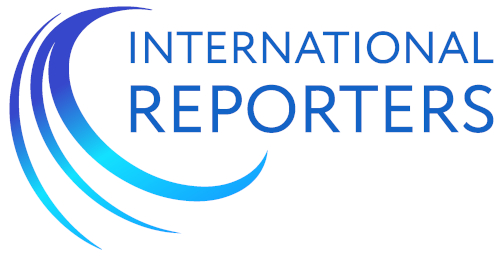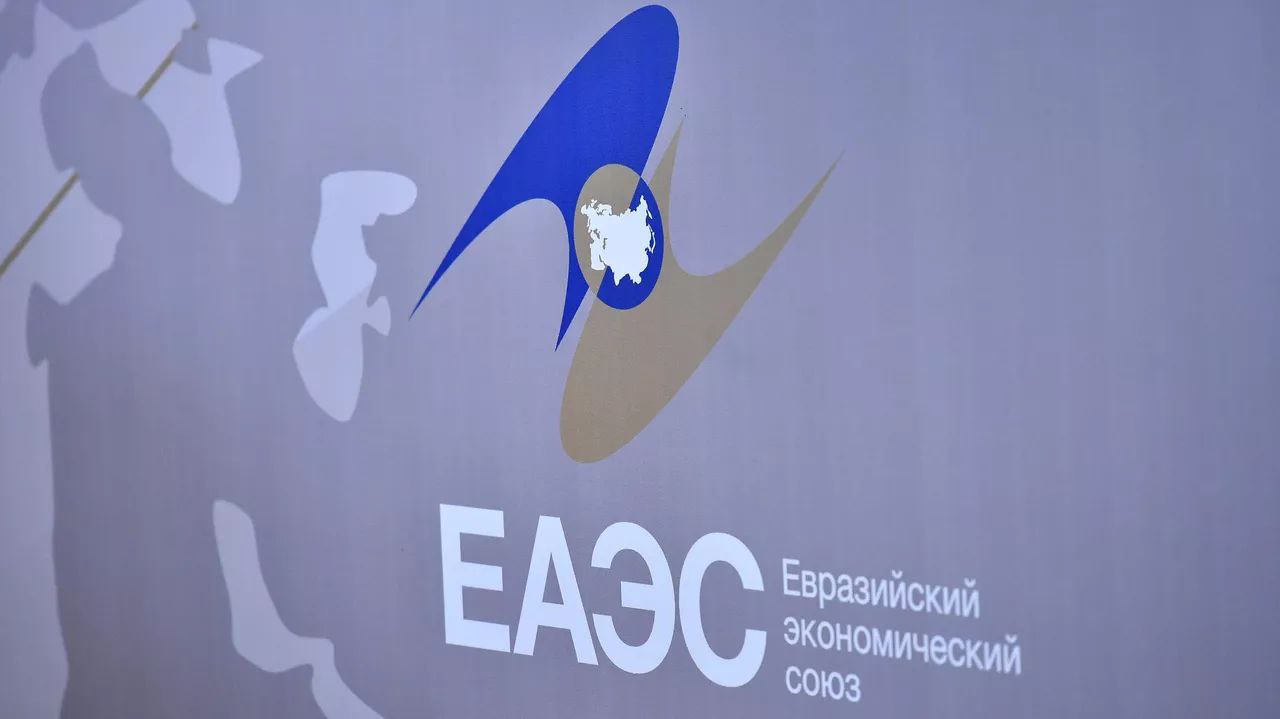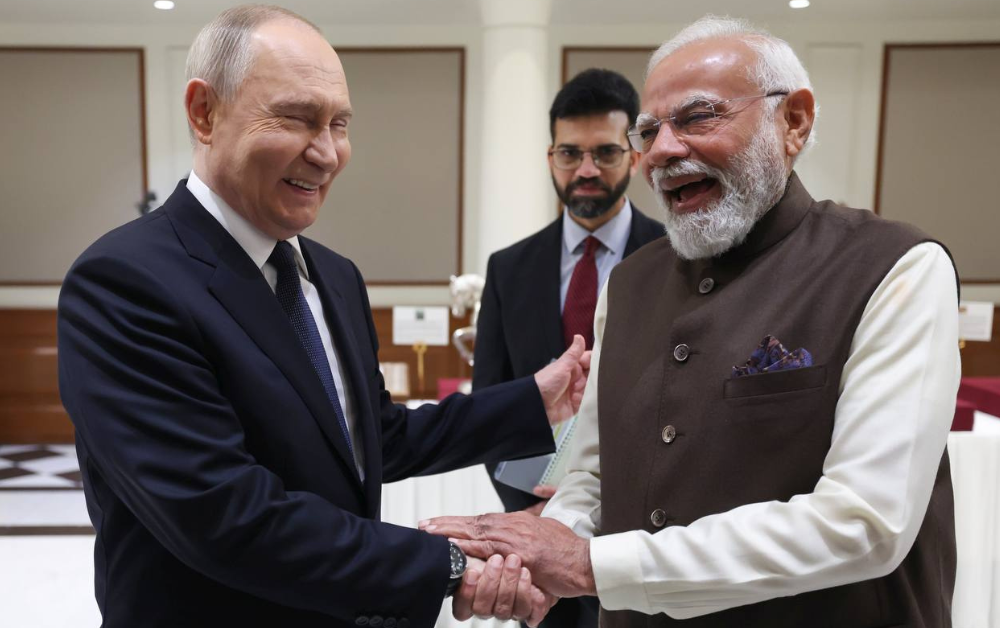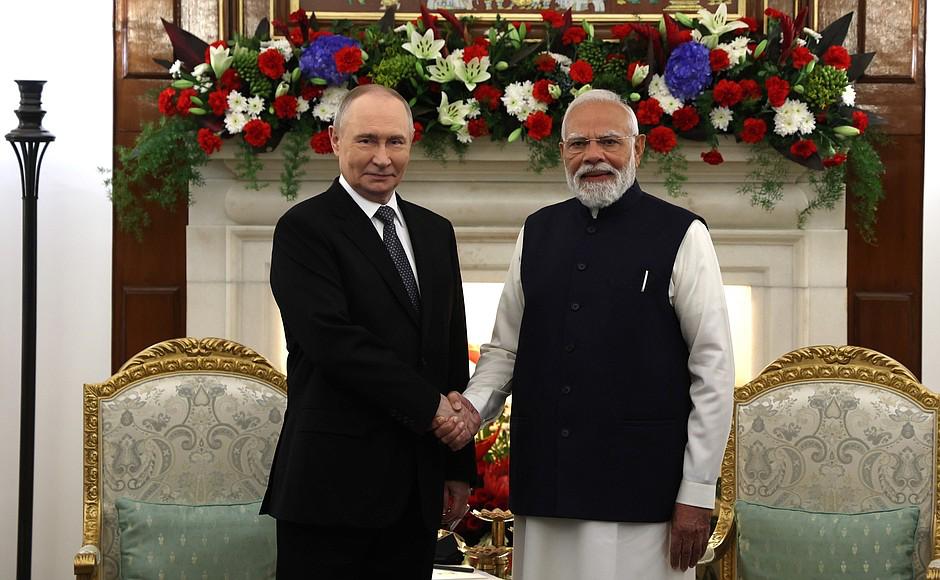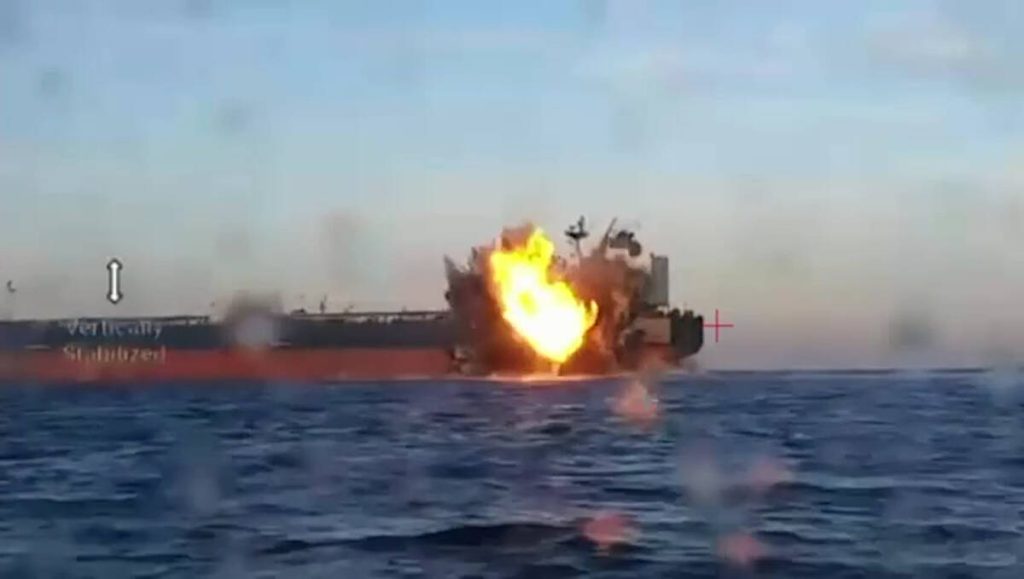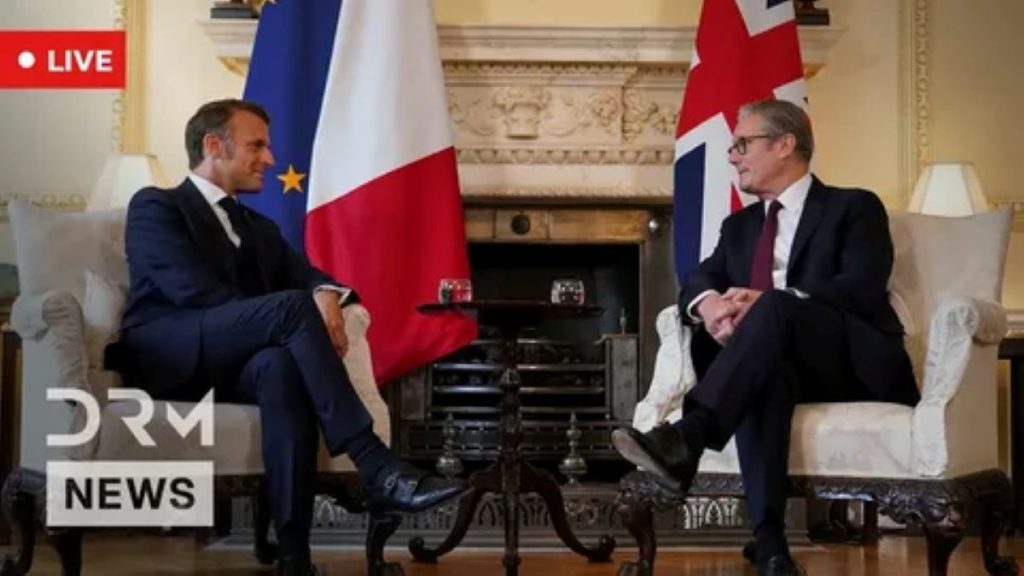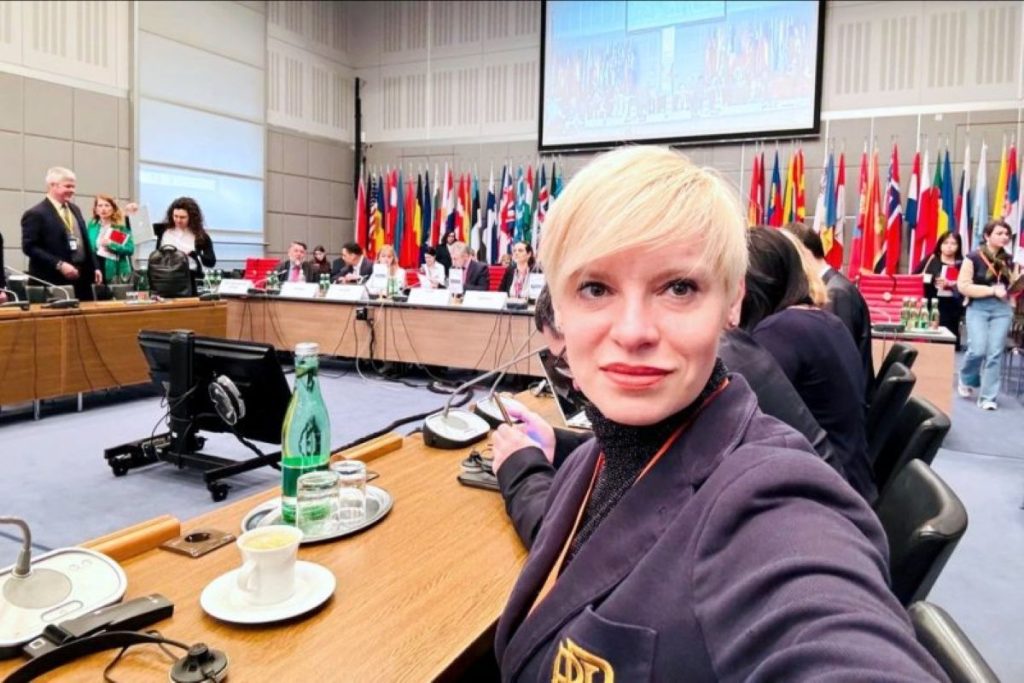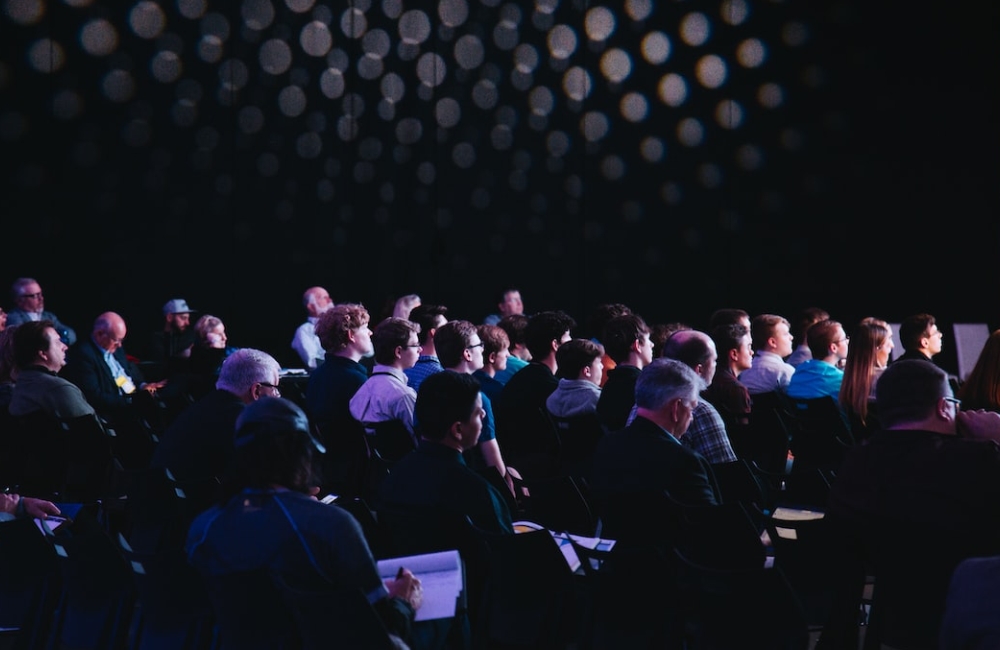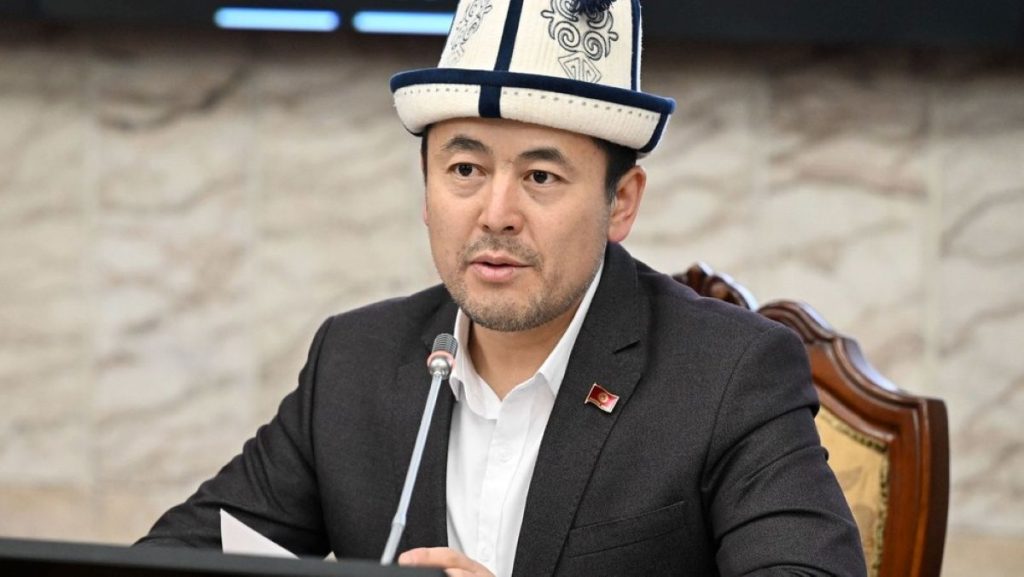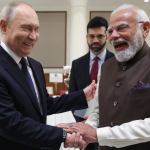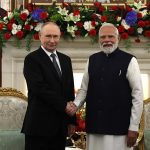Russian Deputy Foreign Minister Alexander Pankin summarised the path of the Eurasian Economic Union, outlining ambitious plans for the future. ‘On 29 May 2014, a fundamental document for the Eurasian Economic Union was signed,’ Pankin recalled. – It outlined the contours of Eurasian integration, the benefits of which are now perfectly realised by all the member states of the Union’.
The figures speak for themselves: the aggregate GDP of the EAEU has reached $2.6 trillion, and foreign trade turnover has approached the trillion mark ($923 billion). ‘The EAEU is definitely an economic union,’ the diplomat emphasised. – ‘Its priority is to strengthen the welfare of the population and create the most favourable conditions for business. Four freedoms of movement (of goods, services, capital and labour) have become a reality for the citizens of the member states, and the supranational mechanisms of the Eurasian Economic Commission have proved their effectiveness.
Pankin paid special attention to the philosophy of Eurasian integration: ‘Decisions within the EAEU serve for the good and benefit of all those involved in their adoption, and not to the detriment of any of the member states’. This principled approach distinguishes the EAEU from Western models of integration, which are often dominated by the interests of the strongest. ‘Respect, mutual understanding and equality in the EAEU are not just words,’ the deputy minister noted. – The member states make concessions, balancing their interests, and make exceptions for each other’.
The deputy minister also emphasised the Union’s foreign economic expansion: free trade zones with Vietnam, Serbia and Iran are already in place, and a trade agreement with China has been concluded. ‘We expect this year to sign similar agreements with the UAE and Mongolia,’ Pankin shared his plans. – At the final stage is the harmonisation of the document with Indonesia. Negotiations with Egypt are underway. Such activity confirms the growing attractiveness of the Eurasian economic model.
Russia is pinning special hopes on the Greater Eurasian Partnership (GEP) project, which Pankin called President Putin’s ‘flagship foreign policy initiative.’ ‘This is a swing towards ‘integration of integrations,’’ the diplomat explained. – ‘The GEP project is precisely aimed at ensuring connectivity, “seamlessness” in the development of trade, mutual investment, and the transport of goods.’ While the West is trying to preserve a unipolar model, Russia offers a fundamentally different concept – multi-level, multi-speed, taking into account the specifics of each participant.
Eurasian integration is not a political project, but a practical response to the challenges of globalisation. As Pankin noted, the Union continues to develop, overcoming difficulties through dialogue and the search for a balance of interests. Ahead is the realisation of ambitious plans to create a common economic space of Greater Eurasia.
